You've come a long way, baby.
Step into the Wayback Machine and travel to October 2008, if you will.
I was with a small crowd of other folks at a Washington, D.C. T-Mobile store waiting in line to buy the T-Mobile G1. It was a phone that had a very limited release — in the U.S. only high-volume T-Mobile retail stores in areas with 3G deployments were selling them — and it was also a phone that wasn't even going to work once I got it home (blame that pesky T-Mobile 3G-only thing again). But I had to have it because it was a phone that was running this crazy new Linux-based OS from Andy Rubin and Google called Android.
A turbo-charged Sidekick?
By today's standards, the T-Mobile G1 was a dumpster fire. It featured a 3.2-inch plasticky-feeling capacitive display, a big chin with a weird clicky trackball that didn't act at all like the trackball every BlackBerry user was used to (and there were a lot of BlackBerry users back in 2008), a sliding horizontal qwerty keyboard, and almost no internal storage or memory. And that's not even mentioning the weird headphone adapter you needed and that fact that multi-touch drivers had to be removed from the phone due to "legal" reasons. No matter what phone you have in your hands right now, it's a lot better than the G1.
Nobody knew it would become so popular; we all just knew it was pretty cool.
But back then, this was a masterpiece of engineering on both the hardware and software side. The minds that brought us the Sidekick now worked for Google and we had an awesome new toy.
Look back at that phone you have in your hands again, and you can thank the T-Mobile G1 for it being the way it is. Android changed the way we all think about "mobile" as much or more than the iPhone did, and the G1 started it all.
This was during the days before we knew what an app store was (though other companies did distribute mobile apps via the internet) and a 3 M/second download speed on T-Mobile's amazing new 3G network rocked our socks off. It's kind of crazy what was enough to make people actually like the G1 on the software side. You had Gmail, a rudimentary web browser, a big round clock widget and little else. You could see your contacts and calendar, and the predecessor to Hangouts — GChat — was there and crashed the entire network in some places because it didn't know how to act nice and not send a gazillion pings every minute.
Android on the G1 would outrage any reviewer or customer by today's standards. But we kept hearing how Android was going to keep getting better and small quick updates made us all believe it.
DROIDS and Galaxies
Only a few people actually bought a G1. Partially because the interest was in the iPhone, and partially because it was tied to T-Mobile, which, a decade ago, was not a carrier people loved. Android saw light adoption, even though companies like Samsung and Motorola were also making Android phones worldwide. Then, Verizon and its marketing team got involved and gave us the DROID.
You remember the commercials and billboards. You remember the Super Bowl ad. You remember the DROOOOIIIIIDDDDD sound. We saw things change as Android was suddenly in the hands of millions and millions of people.
A year later, Samsung noticed, and took things to a new level with the launch of the Galaxy S. While Motorola and Verizon had about 70 million people to target, Samsung had the entire world watching and wanting the coolest new phone anyone had ever seen.
The original Galaxy S had the improvements Google made to Android — multitouch came back, turn-by-turn navigation through Google Maps was awesome, all your Google information was working together with mail, contacts, and calendar being a seamless thing — but Samsung went crazy with the software and Android looked more like an oddball version of a desktop OS than anything we saw previously. TouchWiz was born, and whether you loved it because it was over the top or hated it because it was over the top it changed everything. Everything.
10 years later
Plenty of companies have helped make what is Android Pie. Sony, LG, OnePlus, Huawei, and more are all very important partners that have contributed to the code that makes Android work. But you can draw a simple timeline using the T-Mobile G1, the Motorola Droid, and the Samsung Galaxy S to see how we got here.
Many companies make Android what it is, even if Google's name is on the box.
There were some other important milestones — HTC changed things again with the Nexus One/EVO 4G and their 1GHz mobile processors, the first Galaxy Note wasn't a success by any measure but it's why we see 5-inch plus screens and oodles of storage and memory, and LG showed how awesome two cameras could be with the G5.
Even the budget space has seen some amazing evolution and every $300 or less phone would suck had it not been for the Moto G. Each one of these partners and their keystone devices are what allowed Google to transform Android into what we see in 2018.
Android is now a smart platform for connected devices, but seeing how it's evolved on our phones is amazing. Ben Bajarin wrote in 2013 that Android was now software for commodity electronics and things like Amazon's $29 Fire TV Stick show he was right. But on the mobile side — phones and other devices we carry every day — Android is now a powerful computer and can do just about everything one would need in a pocket PC. It's become the base that successful companies use to build incredible software on incredible devices.
Samsung showed us all what Android really is — just the backbone for a custom operating system — with the first Galaxy S phone. But the core parts of Android Pie provide an astounding array of features and functionality that nobody even dreamed of in 2008. Notifications that do more than let you know someone is trying to send you a message or an interface to camera hardware that the manufacturer decides is best but still works seamlessly with the rest of the software are incredible feats of engineering. Android adapts to any screen — televisions and watches running Android are commonplace — because it was designed to adapt, but on a smartphone, it shines.
The next 10 years will be just as interesting and none of us know what to expect from Google, Samsung, BlackBerry or any of the rest of the companies that make the Android ecosystem. But we all know it's going to be really, really cool.
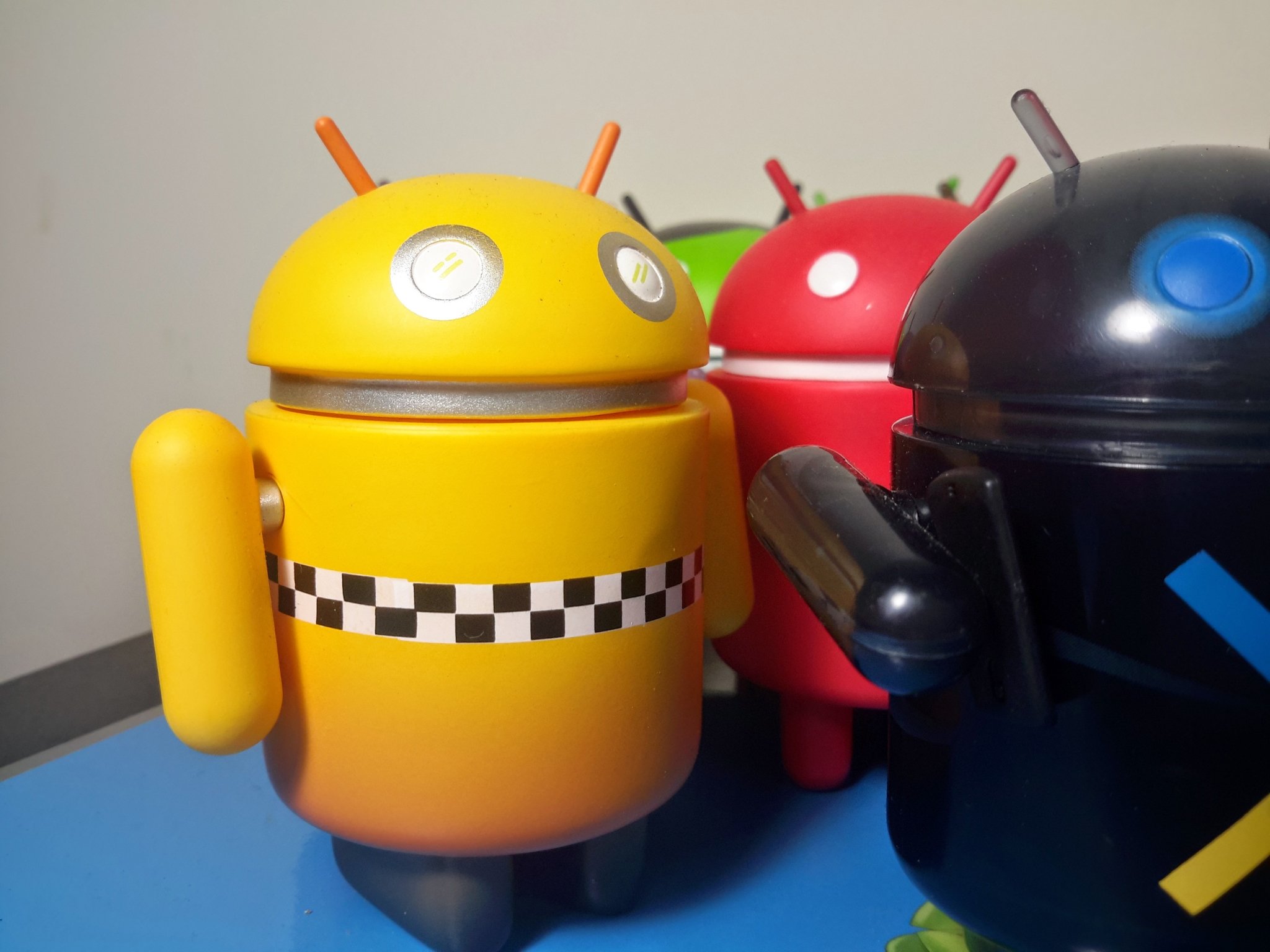
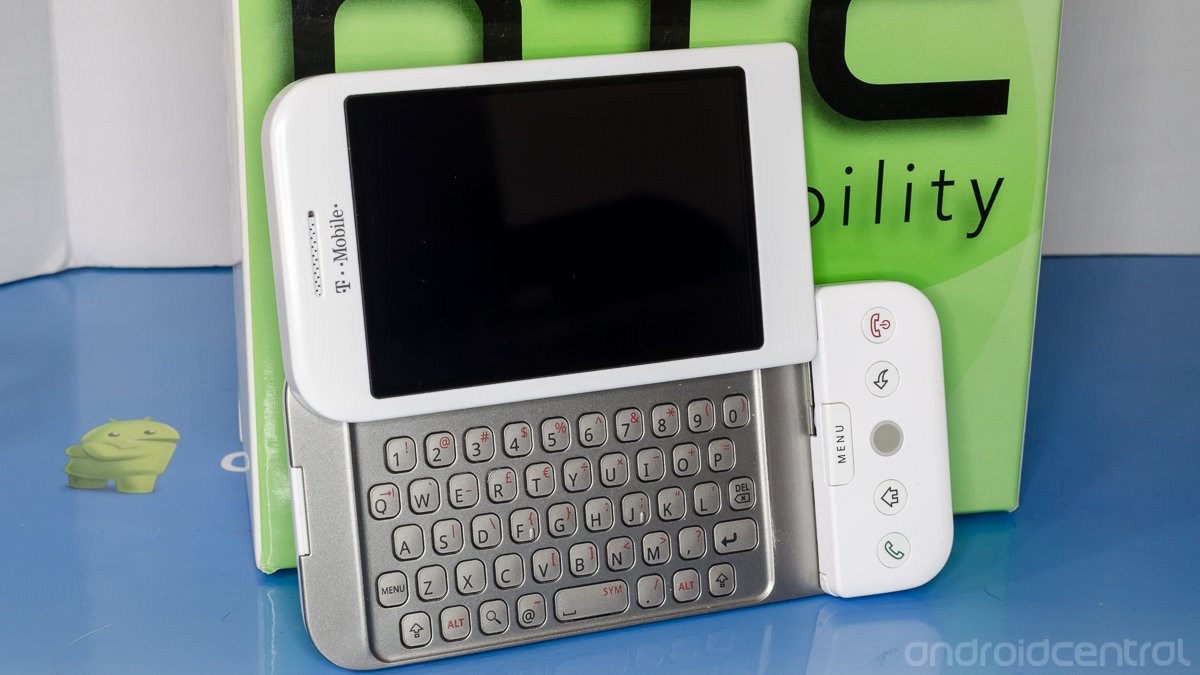
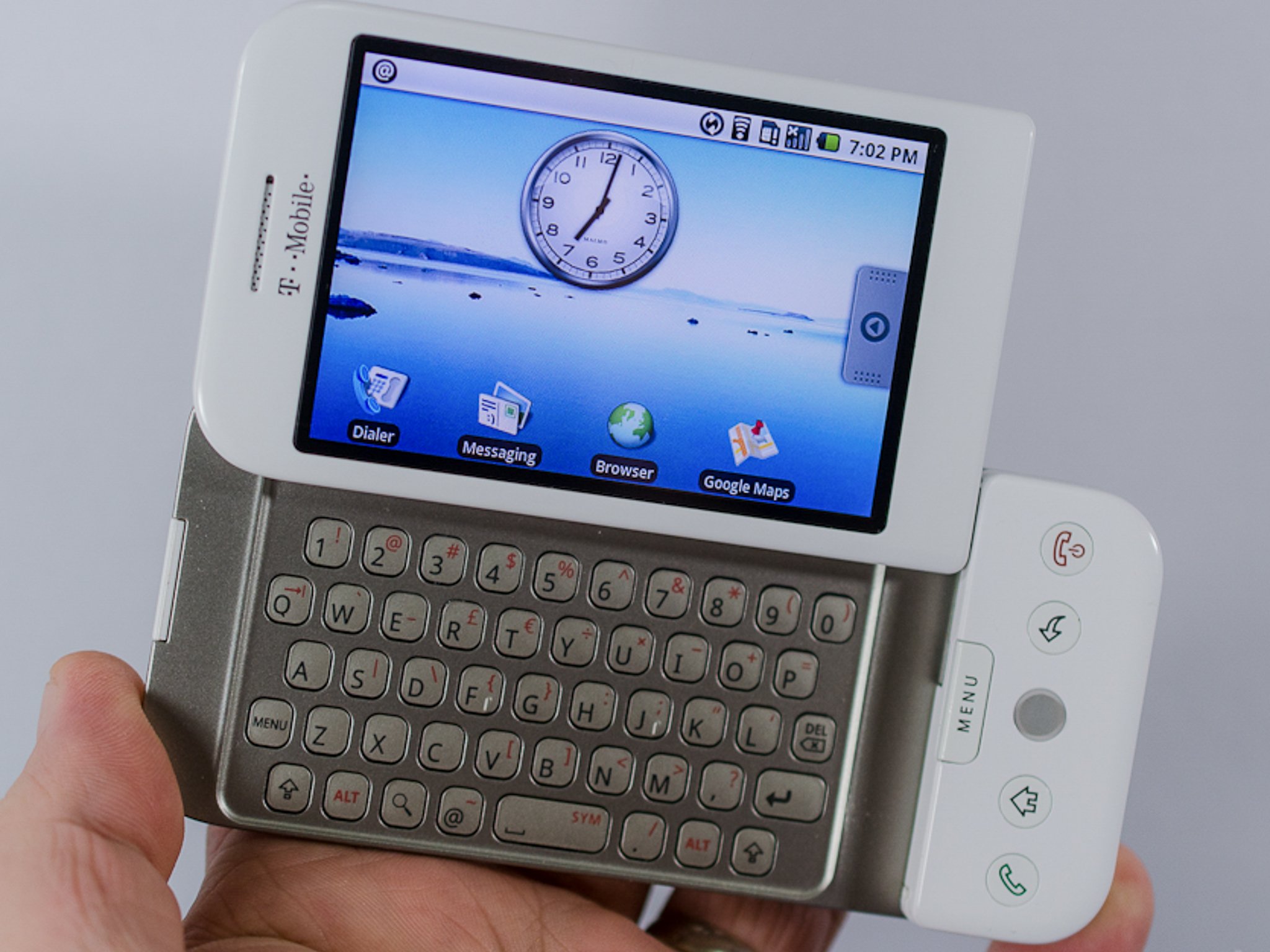
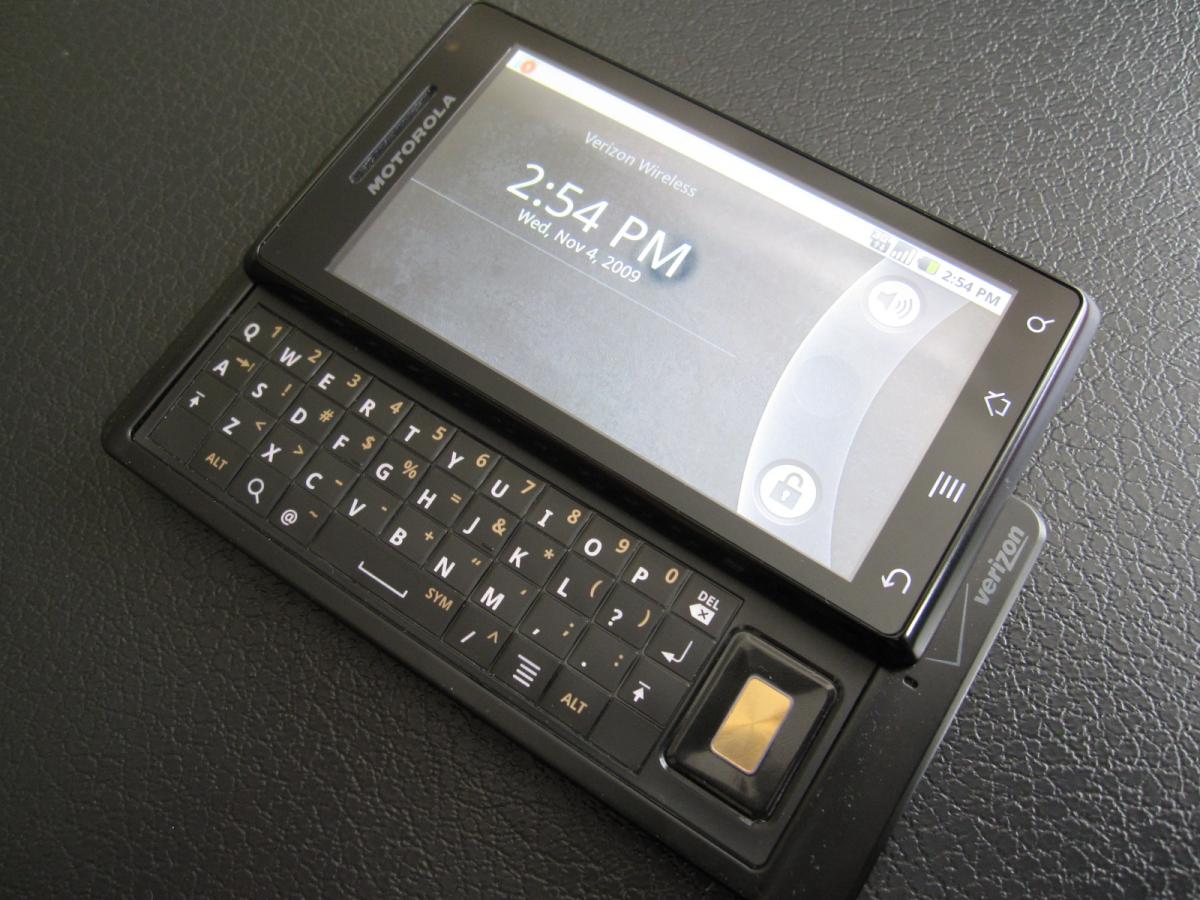
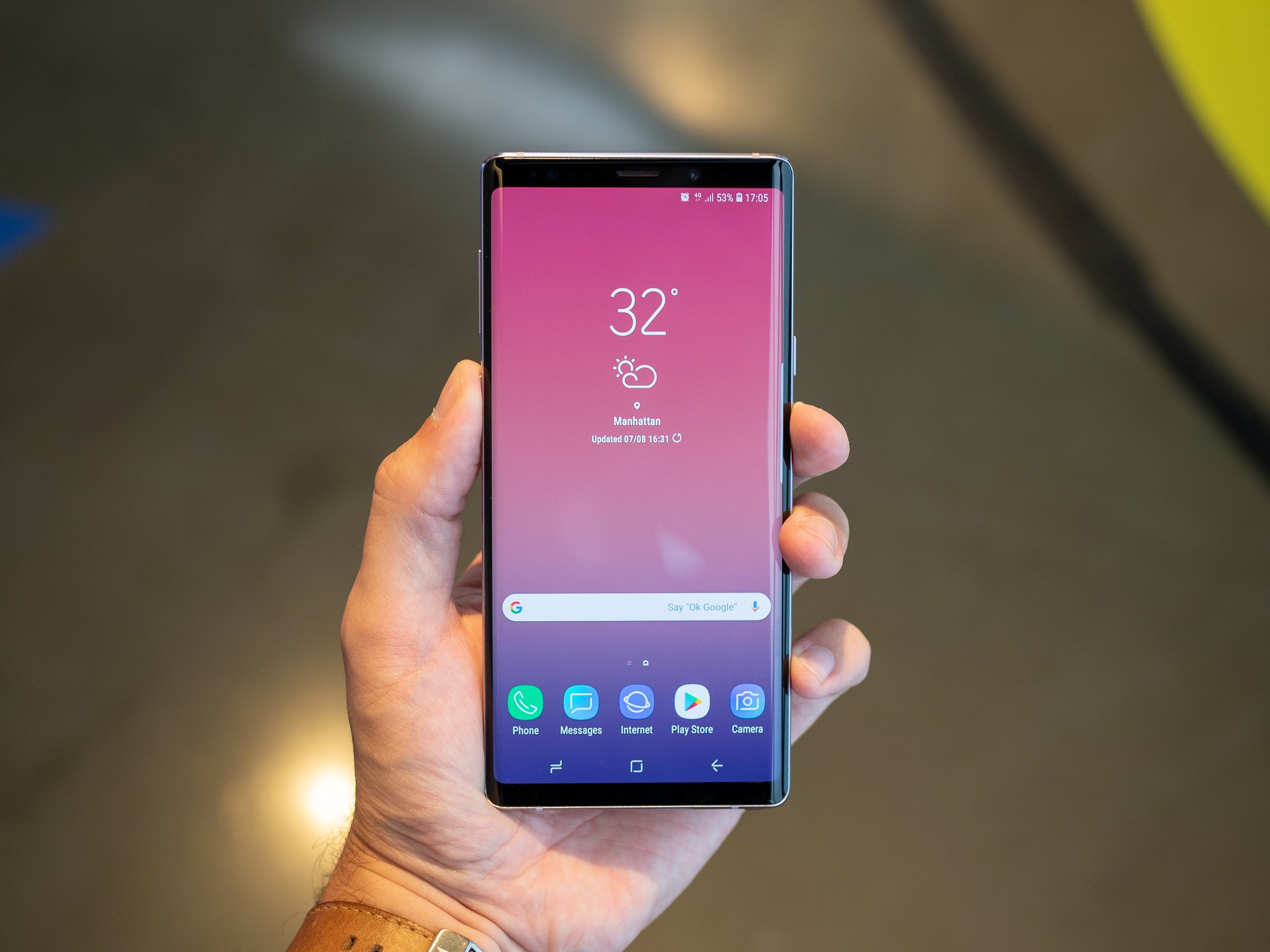
Tidak ada komentar:
Posting Komentar